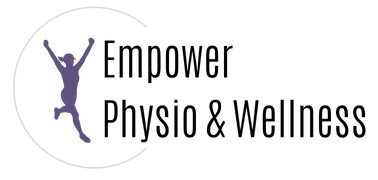Experts estimate that up to 80% of the population will experience back pain at some time in their lives. While common among many people, back pain is NOT the norm and there are many steps you can take to relieve and prevent it from occurring. Today, I’ll break down 8 steps that I’ve implemented into my own life to help reduce back pain.
- Watch how you lift. Whether you’re lifting a squirming child or weights, be sure to lift with your legs, not your back. The quads and glutes are waaayyy stronger than your small back muscles, so be mindful.
- Take a posture check. How you sit (or stand) during the day is really important. Desk jobs in particular bring you forward and cause you to slump. Think of it this way: For every degree your head comes forward, your spine muscles have to work exponentially harder. Not sure what your posture looks like? Have a co-worker take a surprise picture of you sitting at your desk to get a good glimpse of your posture during the day.
- Use a lumbar roll, especially if you work at a desk or drive frequently. A lumbar roll is a squishy pillow that you can place behind your low back to create additional support. It also helps your posture when you’re seated. Here’s the one I use from Amazon.
- Take a stress test. What repetitive motions do you do frequently exhibit throughout the day that cause aggravation? Maybe it’s reaching for something, picking up an infant, or some other movement. Make a tally of what’s causing irritation in your back on a daily basis.
- Strengthen your core correctly. By activating ALL the core muscles (not just the six-pack in the front) you take strain off your back. While strengthening your core isn’t the only way to resolve back pain, it certainly is a game-changer.
- Move your body. Incorporating movement into your daily routine can significantly reduce back pain. The next time you miss your workout, notice how you feel. Chances are, you’ll feel much better when the muscles are loose from working out.
- Stretch your hips, mid and upper back. Practice mobility work so you can move through these areas and you aren’t relying only on the mobility of your back alone.
- Use good pillow support when you’re sleeping. If you’re a belly-sleeper, you may try placing a pillow under your hips. You should also consider training yourself not to be a stomach-sleeper to take some of the pressure off of your back. If you’re a side-sleeper, put a pillow between your knees to keep your legs stacked. This helps take the twist out of the low back). Back sleepers should try placing a pillow under the knees for additional support.
It’s never too early to start taking preventative measures to protect your back and it’s never too late to start living a pain free life! If you’re experiencing back pain and need help from a professional, let’s chat!



